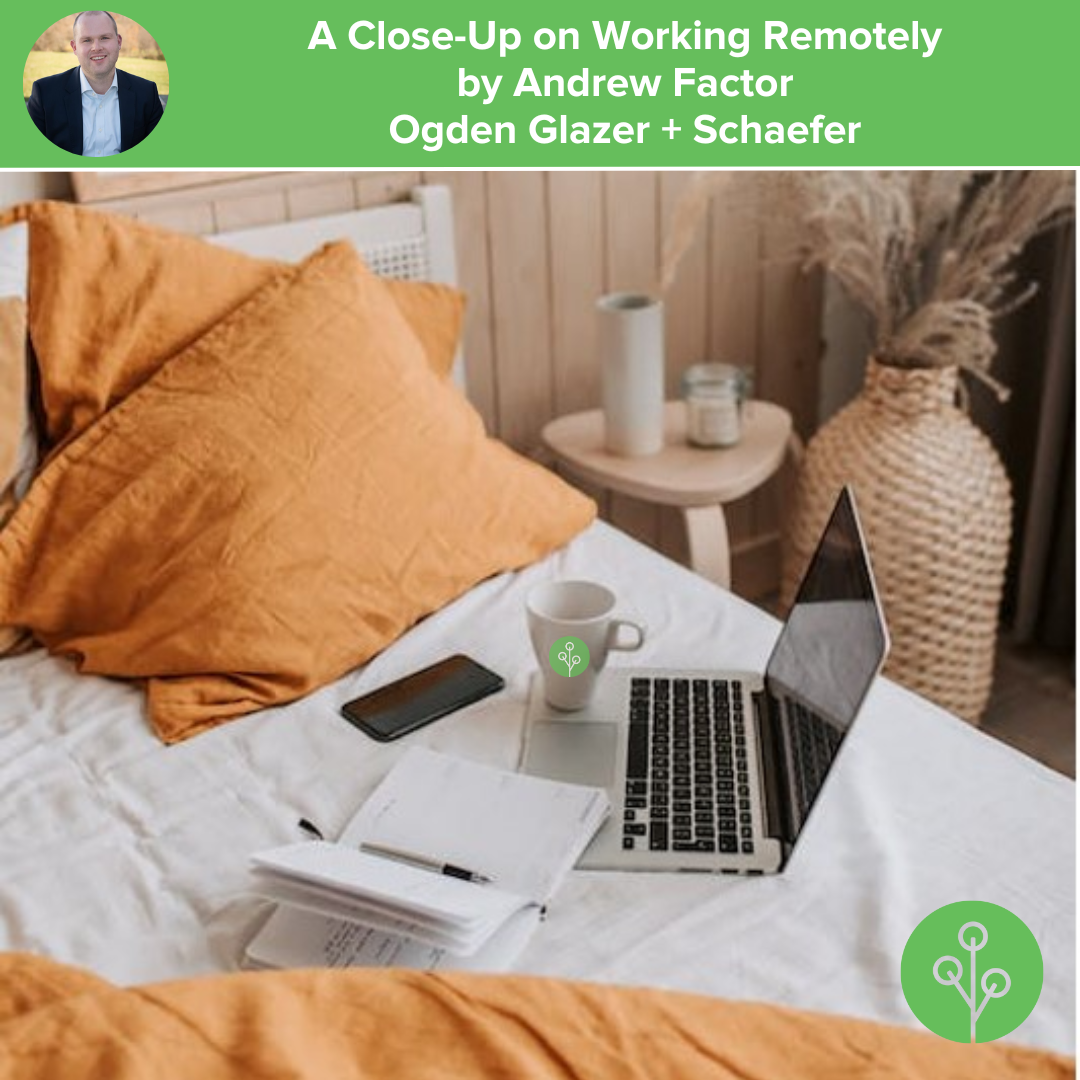A recent New York Times article discussed hidden costs associated with remote work, as well as some benefits that can be intangible and thus hard to measure. I have been thinking about the ups and downs of remote work for a while— this is logical for me considering I have experienced various remote professional and academic scenarios since the onset of the pandemic, as have many other workers and students.
In this time, I have had to grapple with the benefits and drawbacks of a partially and fully remote professional and academic existence. Since remote or hybrid work appears to be a continuing reality for many, this week’s blog post details three ways I have found to stay connected when working remotely:
- Office Setup: this is a great starting point and is often neglected until it no longer can be. Having a reliable office setup at home is key when working from home. This can mean trying to work somewhere with good light and sense of space to feel comfortable and productive. It can also entail maintaining a good internet connection, a clear webcam and sound setup, and even headphones to make communicating easier. This can be a make-or-break in terms of staying connected while working remotely— it can be hard enough to feel connected when in a remote setting, let alone if you struggle with being heard or seen by others in meetings and other conversations.
- Checking In: Regular check-ins across all levels of the company—whether for status on projects, questions, or just a hello or nice personal message, can really help to fight the isolation that can pervade remote work. Regular meetings and “touch bases” can be a game changer—not just hoping they pop up organically, but scheduling them and making them routine. A habit of checking in (from “how are you doing?” to “Do you need my help with anything?” or “Do I owe you anything I am missing?”) can help facilitate harmonious work even at great distances.
- Framework: I find that one essential trick for maximizing productivity and peace in a situation without innate structure is to create a framework and a routine. Even without the clock in-clock out practices associated with showing up to an in-person office, you can create a framework for healthy and productive work. This also helps with discipline— research shows that motivation alone helps with productivity less than motivation coupled with intentions and planning for when to manifest your intentions. As Erin noted in her blog post last week, intentionality helps with implementation. Having good boundaries and guardrails through intentionality can also create a better situation with mental health and balance, which can be a struggle in a remote setting.
Remote work can be difficult, and not every company or worker will find success with it. However, in our new reality post-pandemic, many will have no choice but to experiment with it. Tips such as detailed in this post may help to create good practices to work well from a remote environment. At the very least, try connecting with those you know who work remotely and see what they have to say about it. Thanks for reading!

